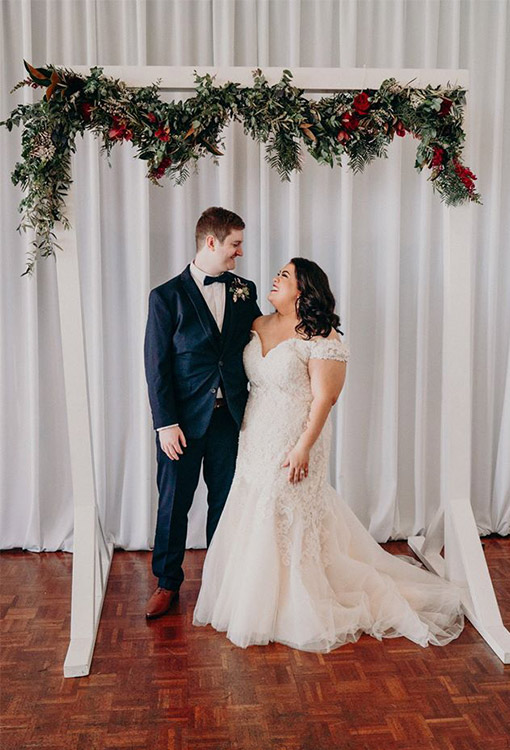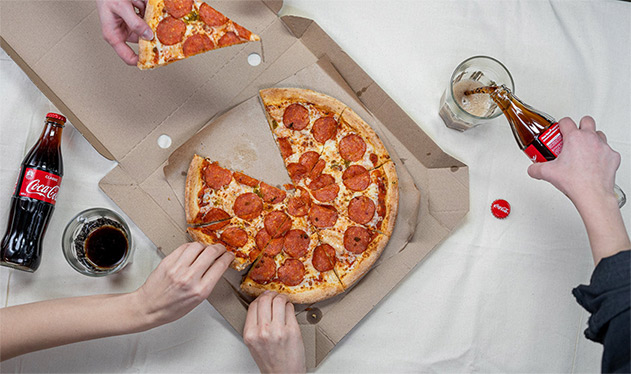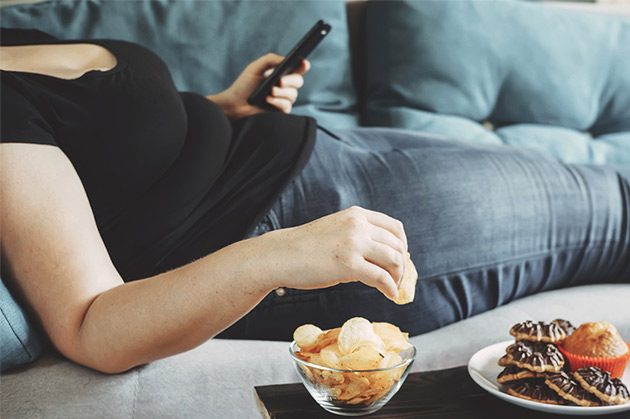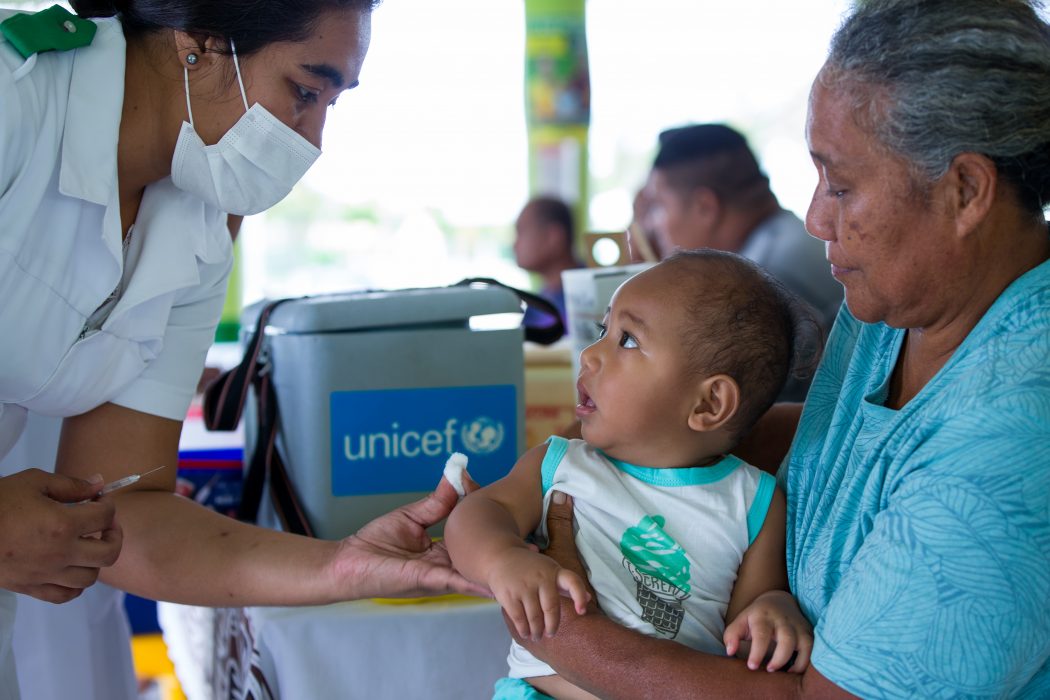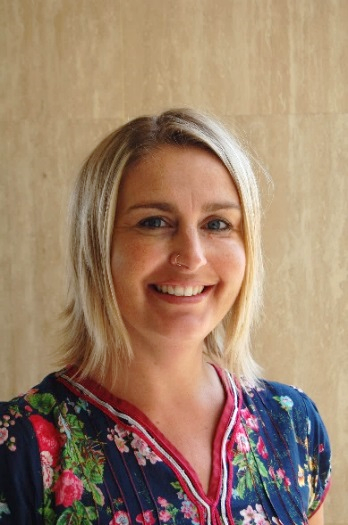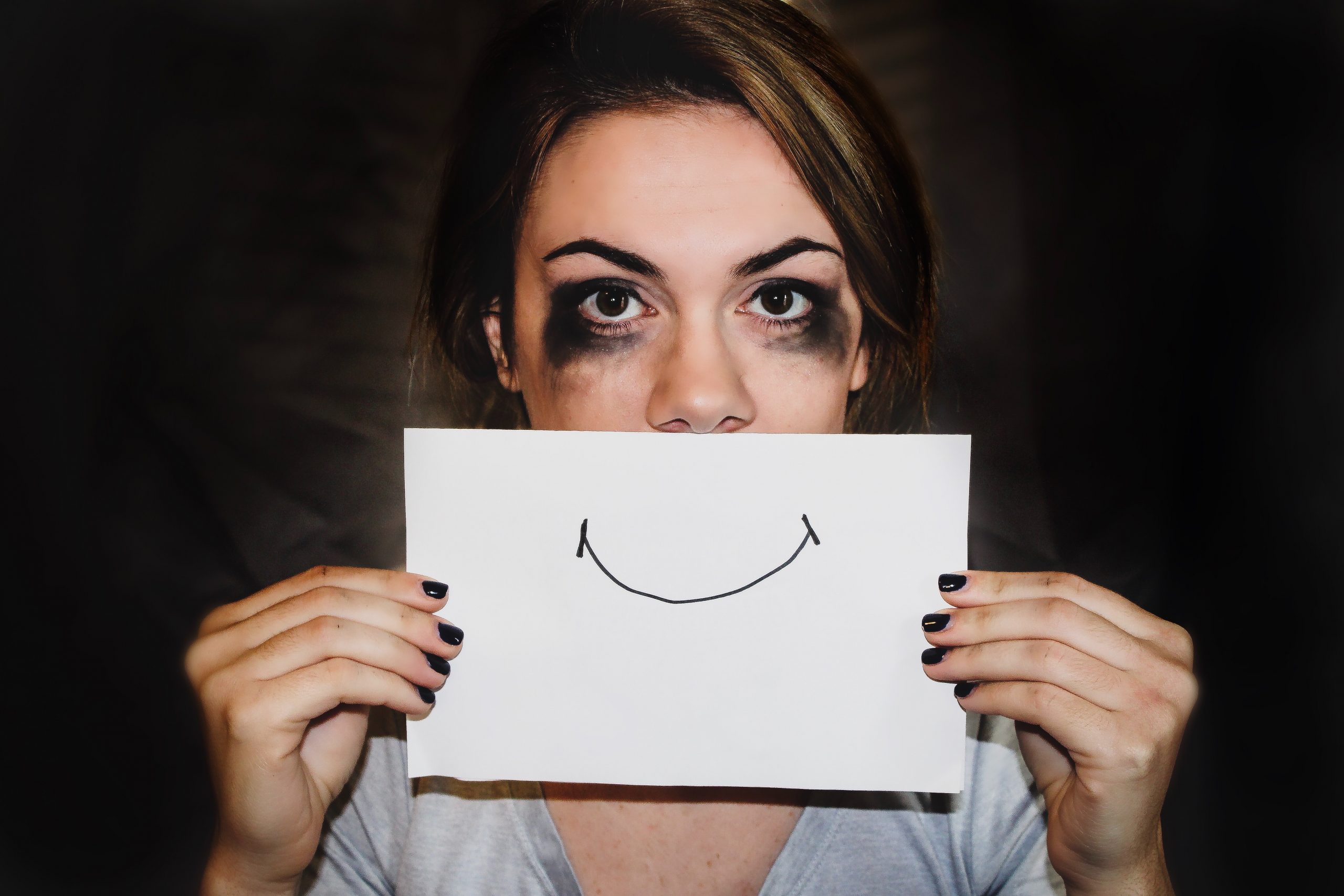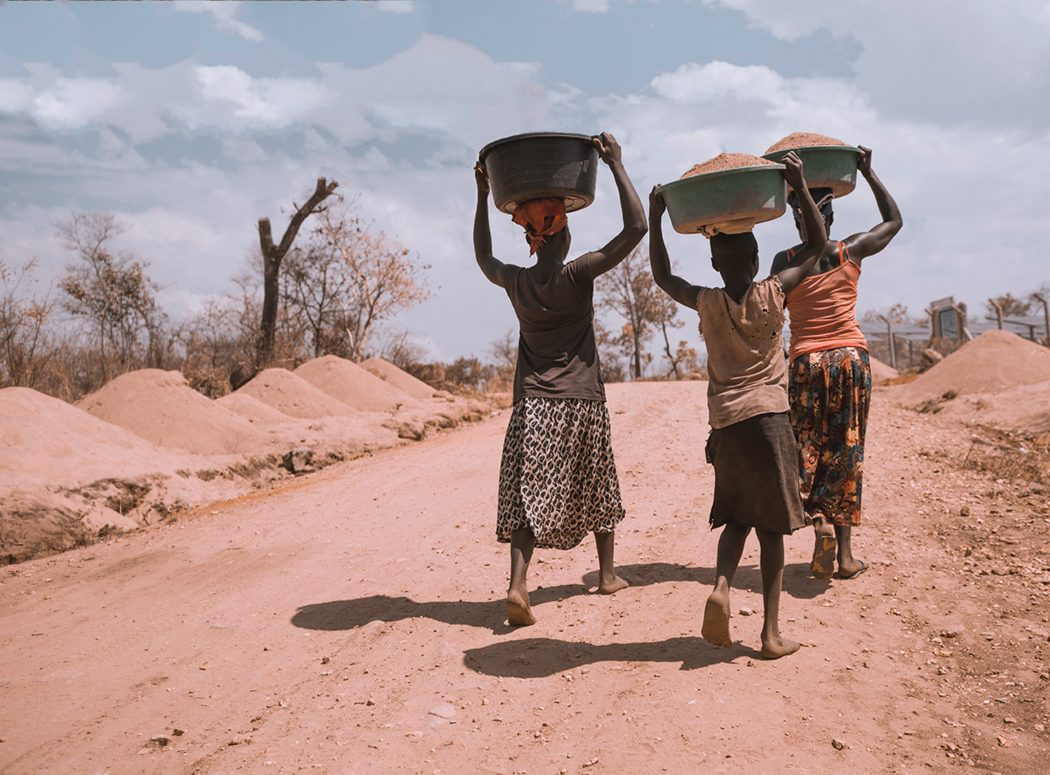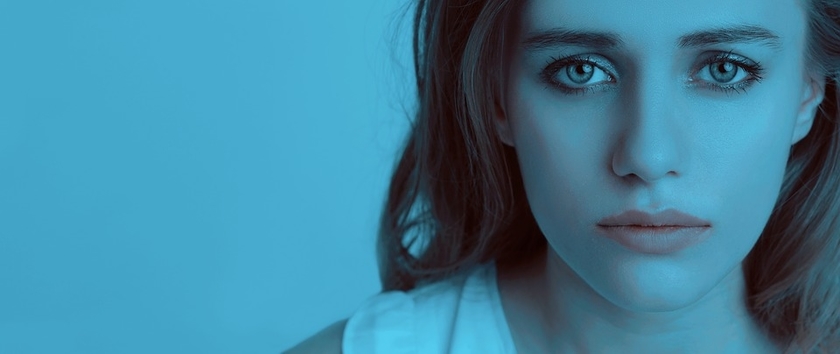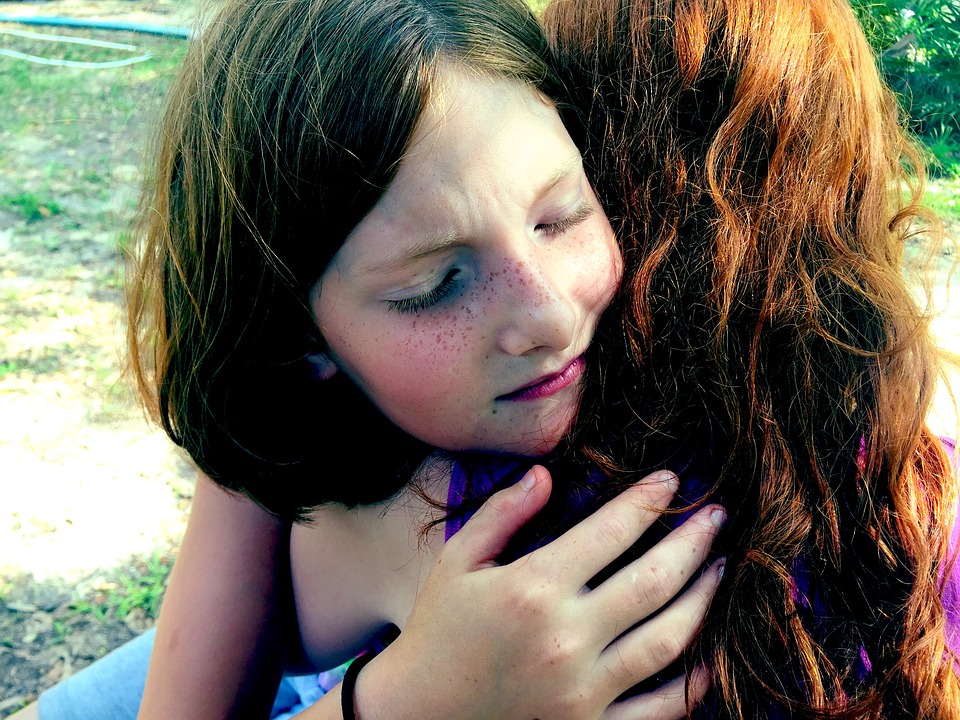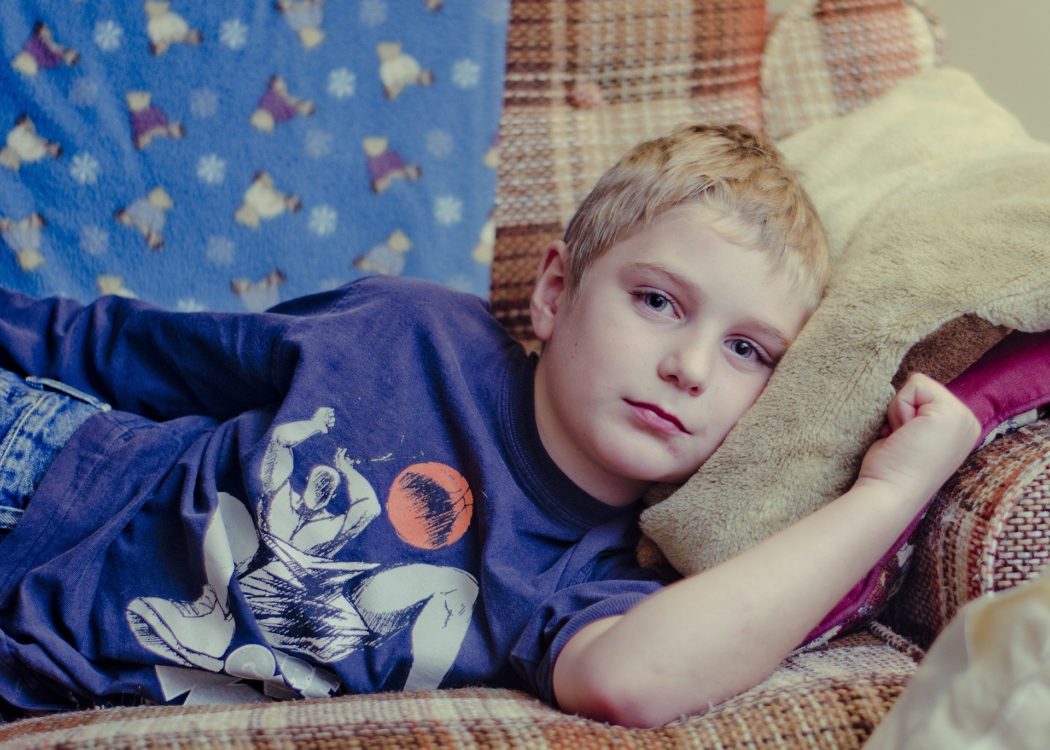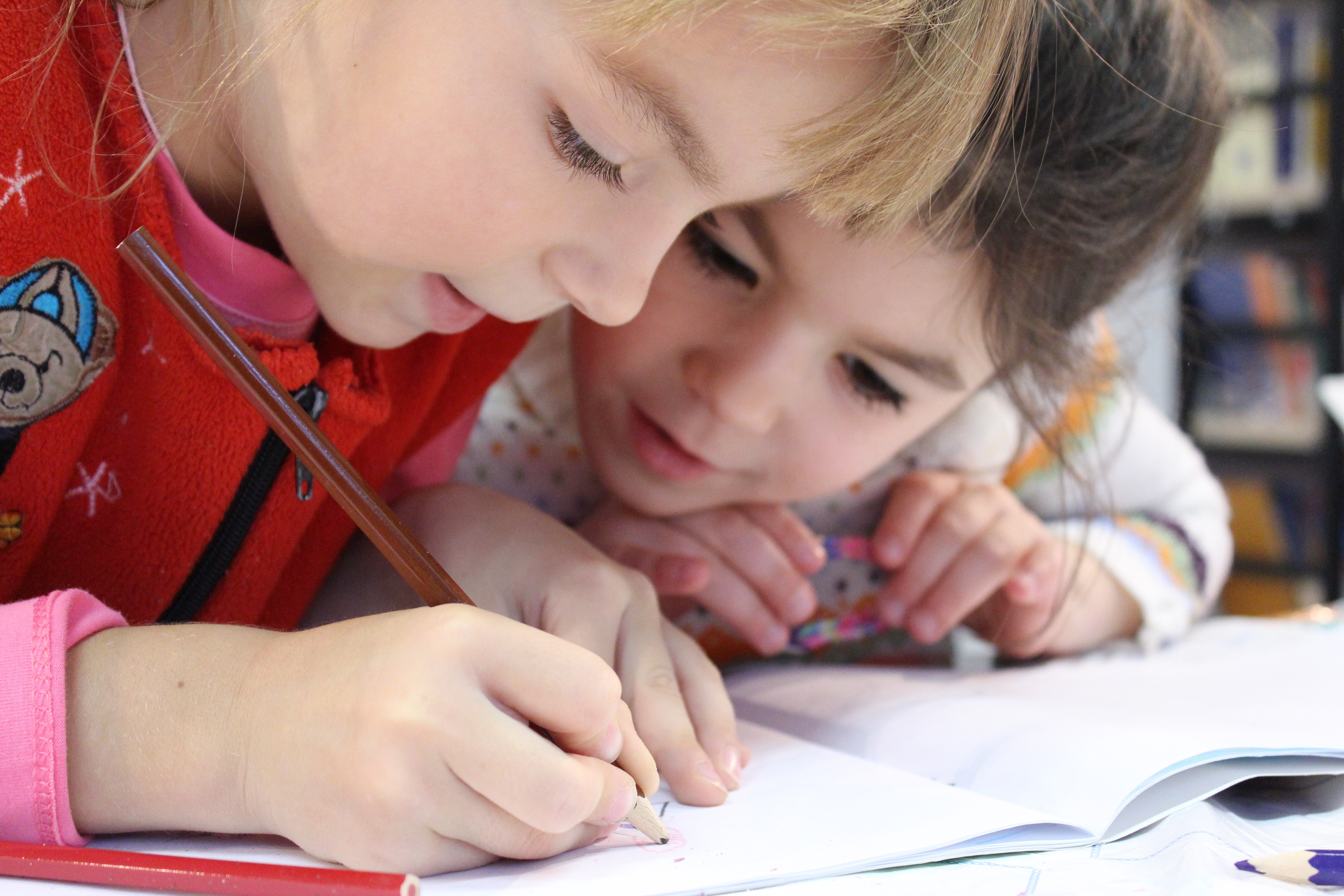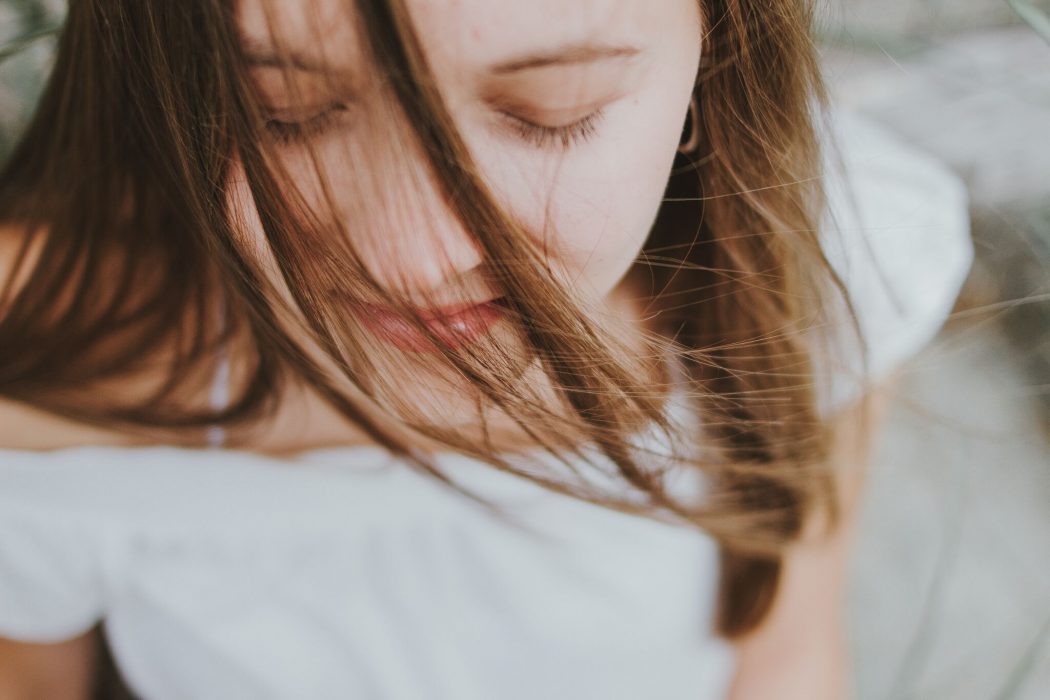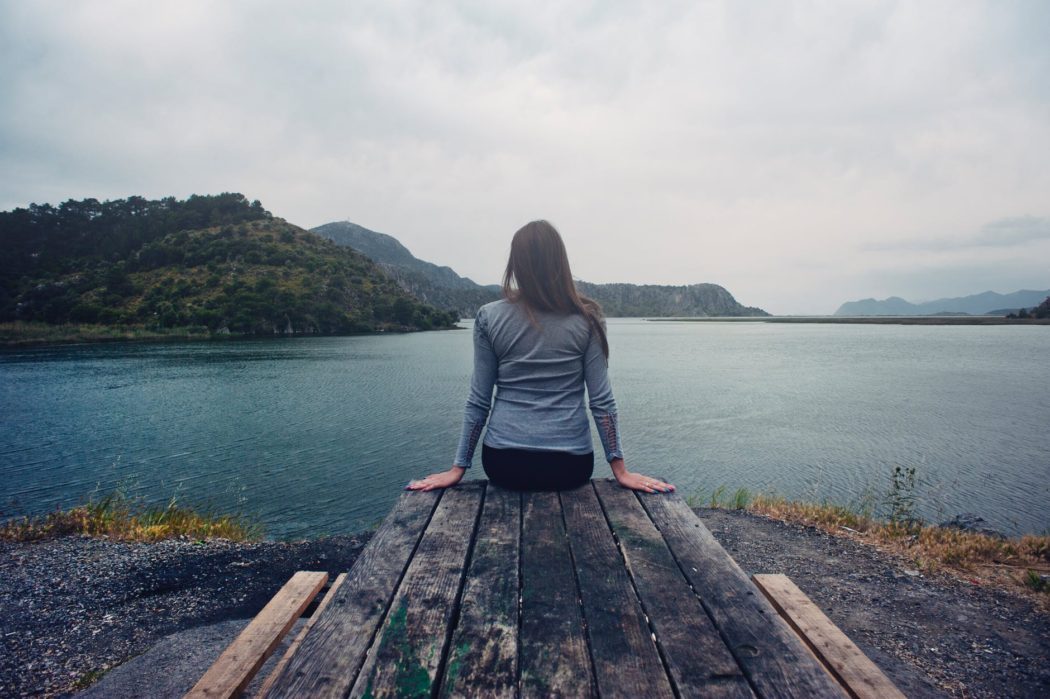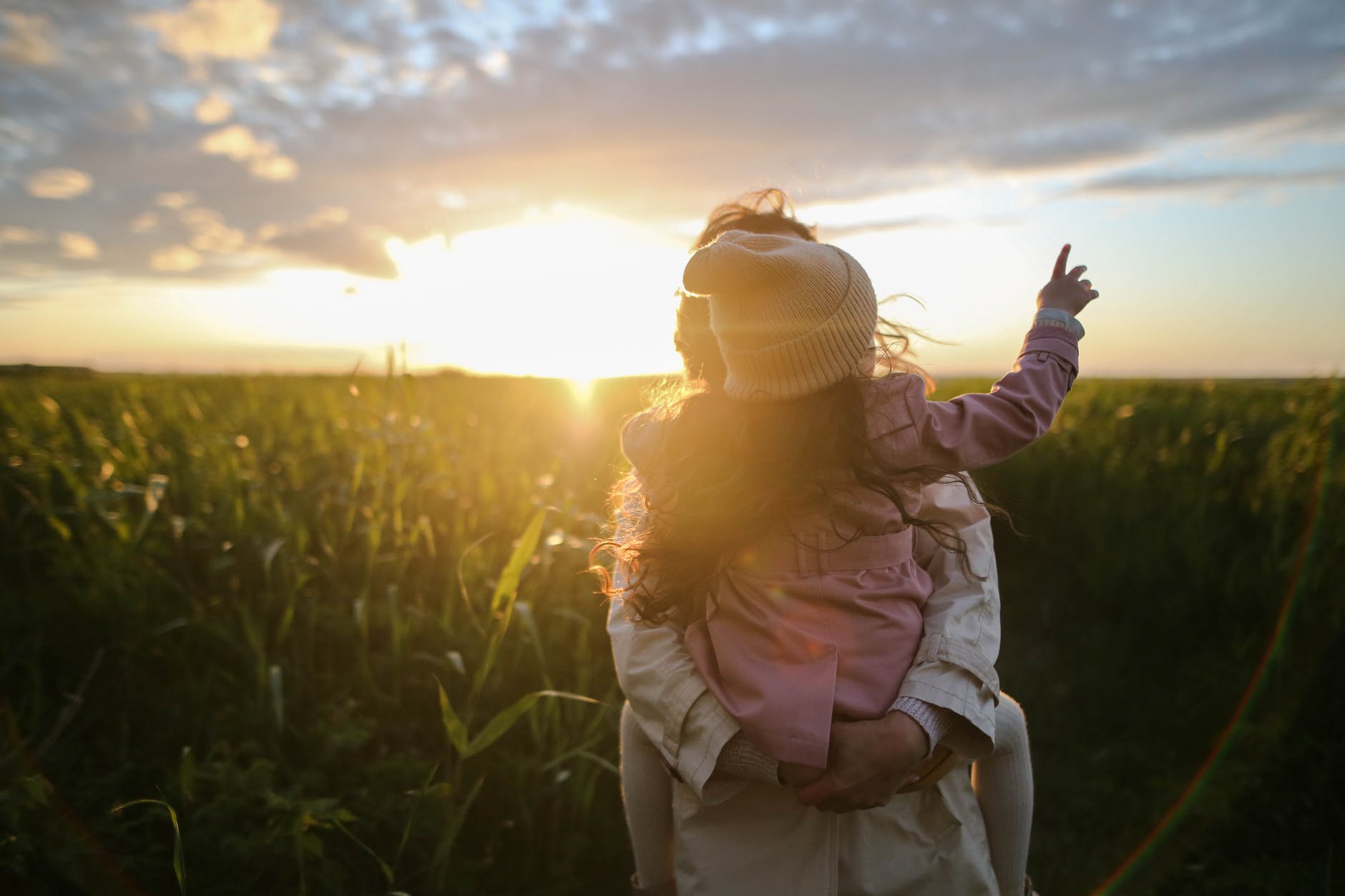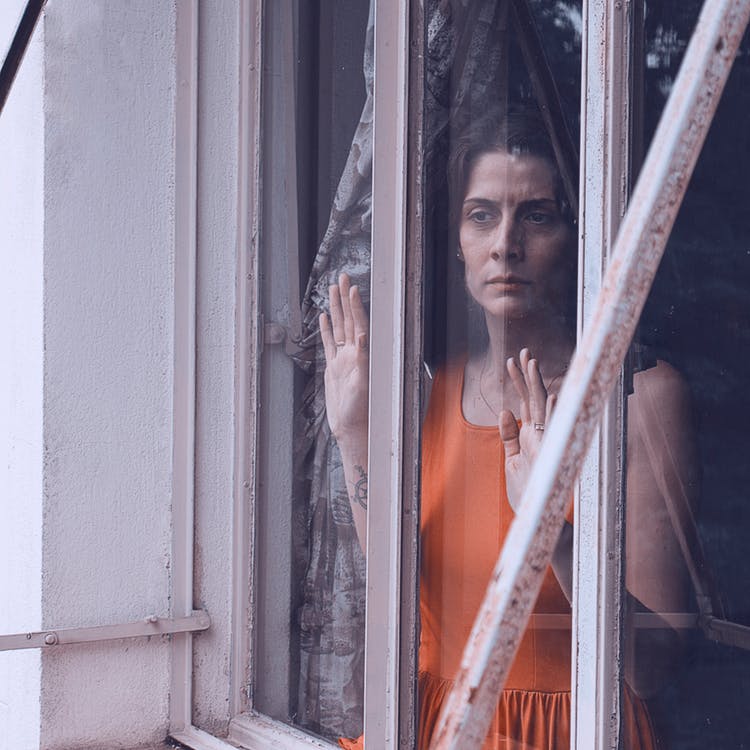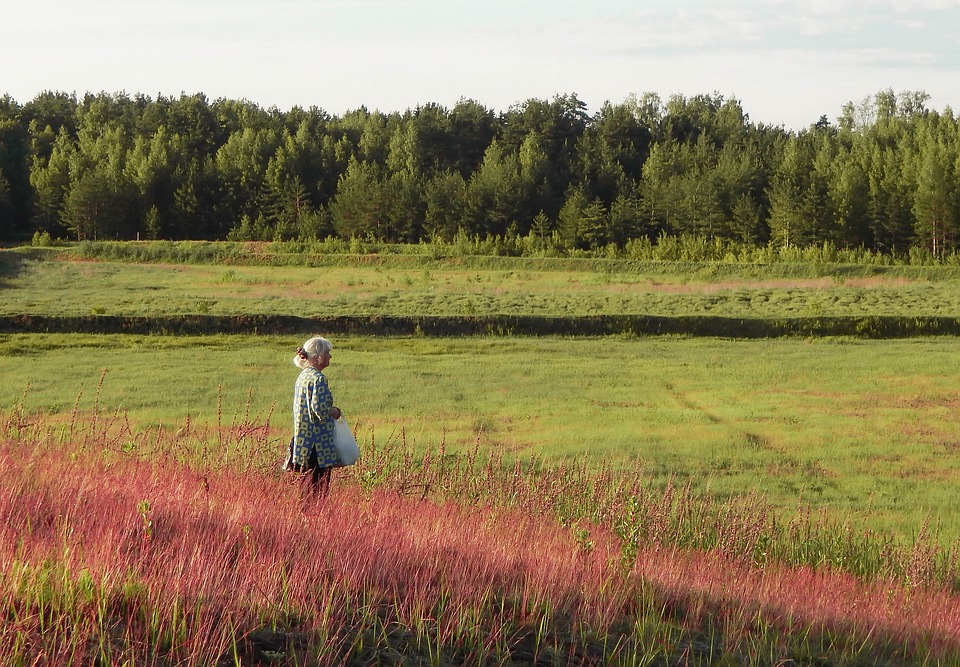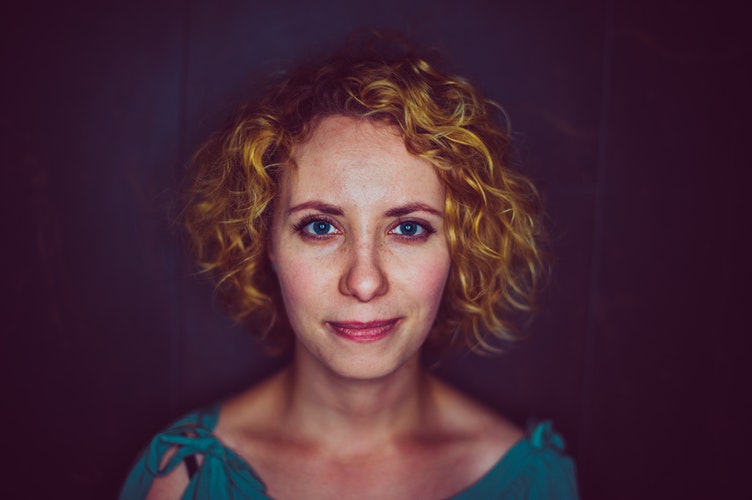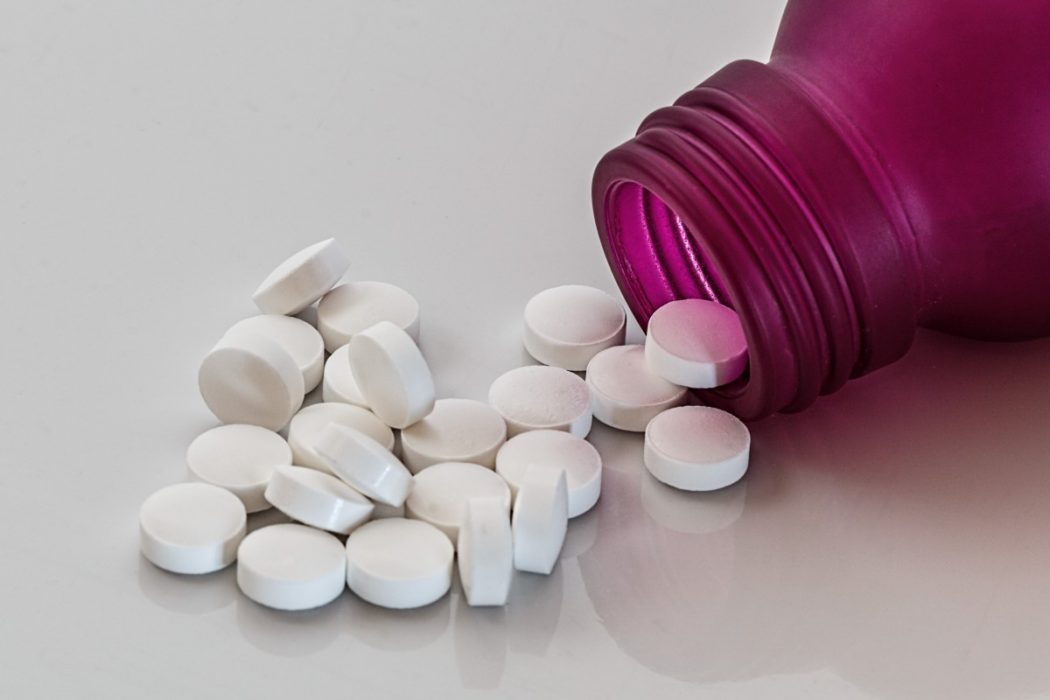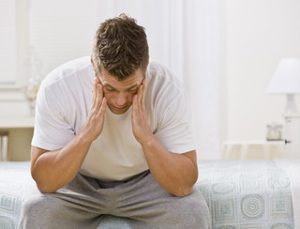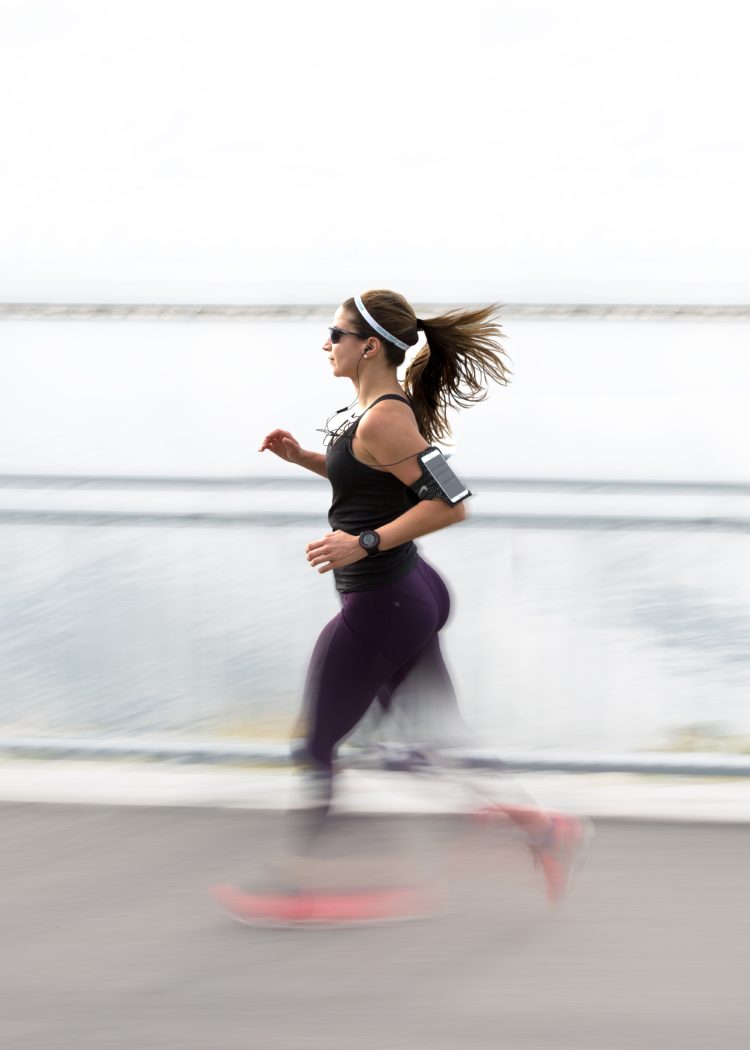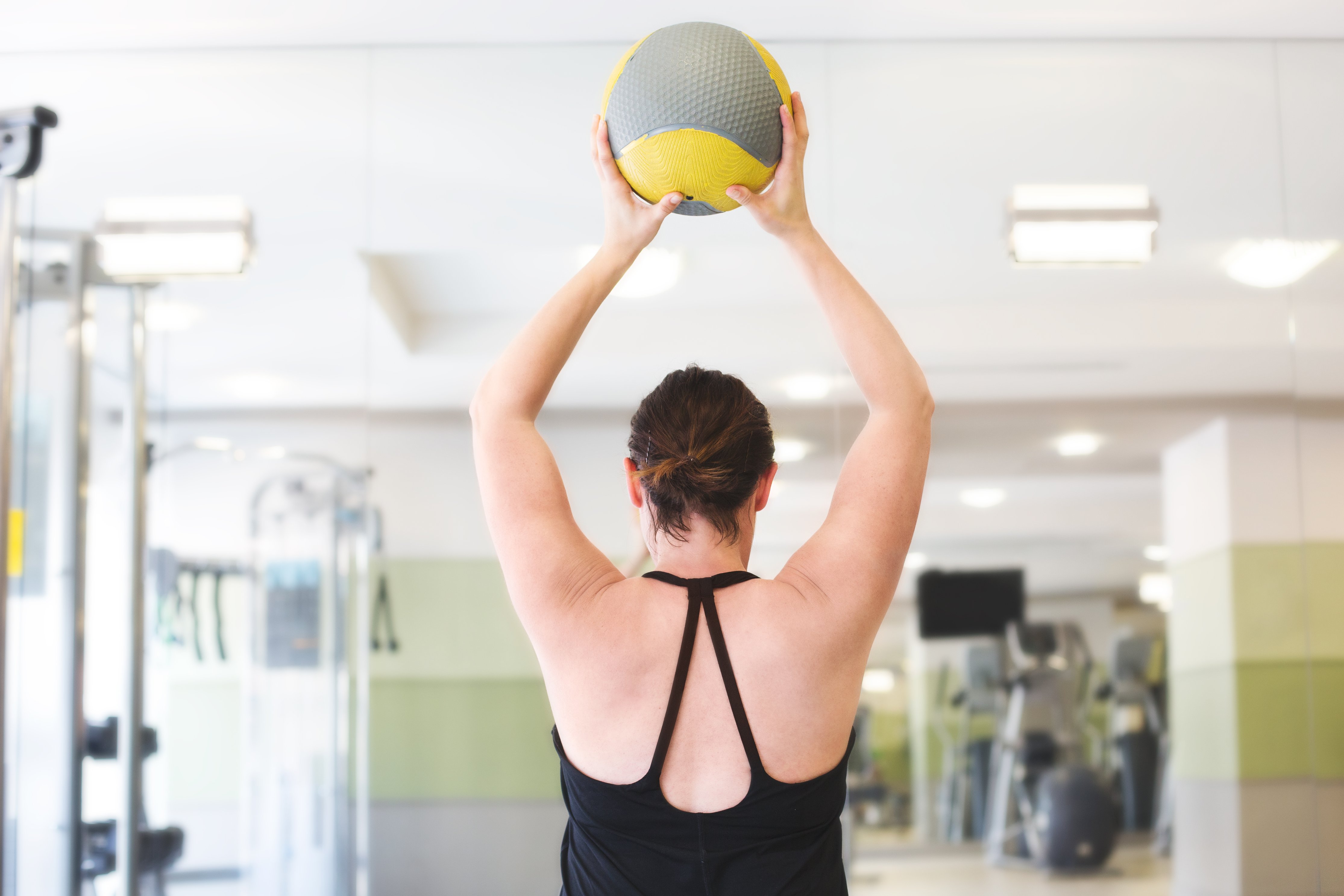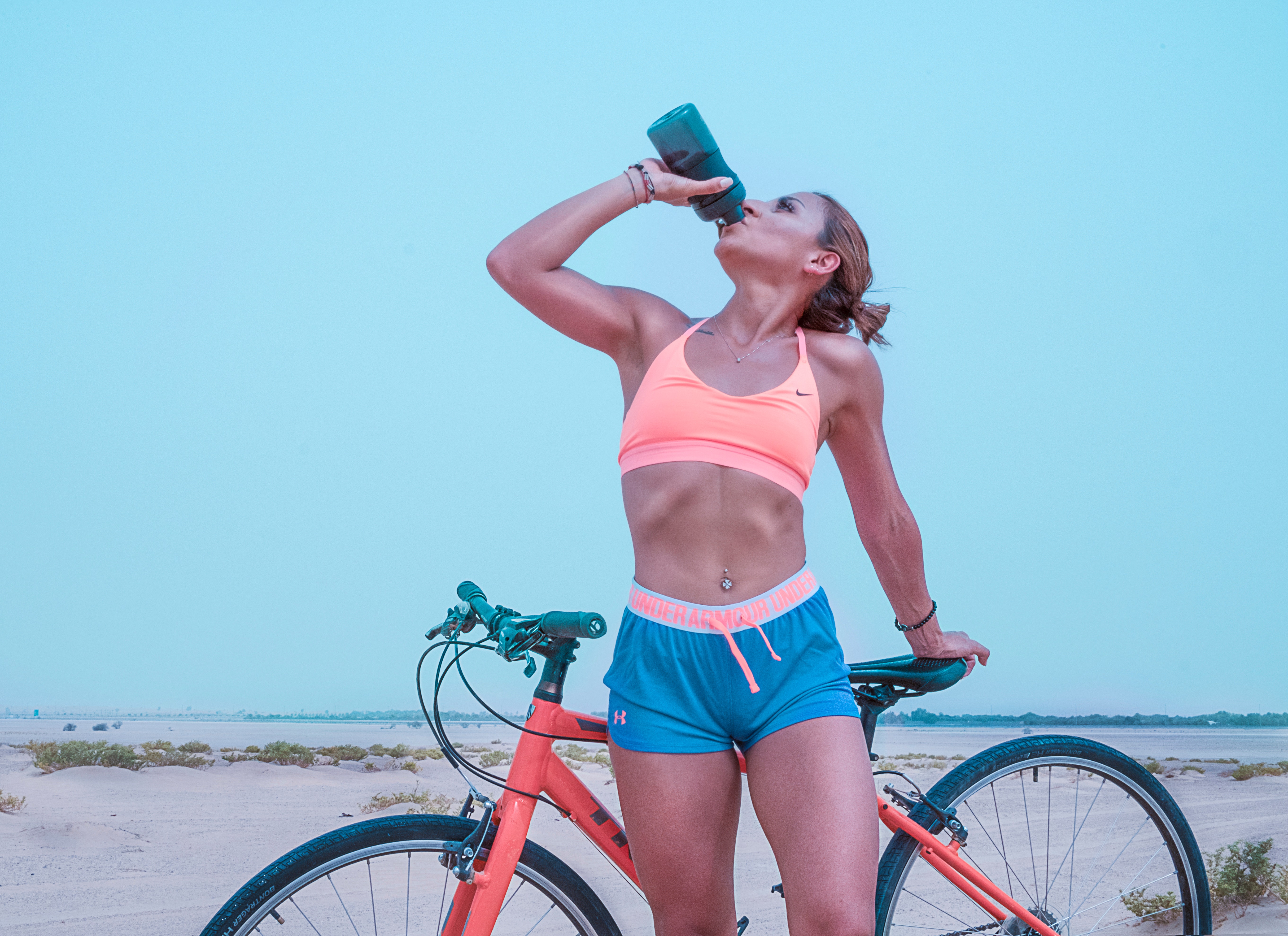New York Time’s Best Selling author and Professor at Houston University, the amazing Brené Brown gives us her insight into navigating middle age – or should I say, the Midlife Unraveling.
In my late thirties, my intuition had tried to warn me about the possibility of a midlife struggle. I experienced internal rumblings about the meaning and purpose of my life. I was incredibly busy proving myself in all of my different roles (mother, professor, researcher, writer, friend, sister, daughter, wife), so much so that it was difficult for any emotion other than fear to grab my attention. However, I do remember flashes of wondering if I’d always be too afraid to let myself be truly seen and known.

“I was incredibly busy proving myself in all my different roles.”
But intuition is a heart thing, and until recently I had steamrolled over most of my heart’s caution signs with intellectualizing. In my head, I had always responded to the idea of “midlife angst” by scoffing and coming up with some politically and therapeutically correct way of saying that midlife whining is pathetic. The entire concept of the midlife crisis is bullshit. If you’re struggling at midlife it’s because you haven’t suffered or sacrificed enough. Quit pissing and moaning, work harder, and suck it up.
As it turns out, I was right about one thing – to call what happens at midlife “a crisis” is bullshit. A crisis is an intense, short-lived, acute, easily identifiable, and defining event that can be controlled and managed.
Midlife is not a crisis. Midlife is an unraveling.
By definition, you can’t control or manage an unraveling. You can’t cure the midlife unraveling with control any more than the acquisitions, accomplishments, and alpha-parenting of our thirties cured our deep longing for permission to slow down and be imperfect.
Midlife is when the universe gently places her hands upon your shoulders, pulls you close, and whispers in your ear: I’m not screwing around. All of this pretending and performing – these coping mechanisms that you’ve developed to protect yourself from feeling inadequate and getting hurt – has to go. Your armor is preventing you from growing into your gifts. I understand that you needed these protections when you were small. I understand that you believed your armor could help you secure all of the things you needed to feel worthy and lovable, but you’re still searching and you’re more lost than ever. Time is growing short. There are unexplored adventures ahead of you. You can’t live the rest of your life worried about what other people think. You were born worthy of love and belonging. Courage and daring are coursing through your veins. You were made to live and love with your whole heart. It’s time to show up and be seen.
If you look at each midlife “event” as a random, stand-alone struggle, you might be lured into believing you’re only up against a small constellation of “crises.” The truth is that the midlife unraveling is a series of painful nudges strung together by low-grade anxiety and depression, quiet desperation, and an insidious loss of control. By low-grade, quiet, and insidious, I mean it’s enough to make you crazy, but seldom enough for people on the outside to validate the struggle or offer you help and respite. It’s the dangerous kind of suffering – the kind that allows you to pretend that everything is OK.
We go to work and unload the dishwasher and love our families and get our hair cut. Everything looks pretty normal on the outside. But on the inside we’re barely holding it together. We want to reach out, but judgment (the currency of the midlife realm) holds us back. It’s a terrible case of cognitive dissonance – the psychologically painful process of trying to hold two competing truths in a mind that was engineered to constantly reduce conflict and minimize dissension (e.g., I’m falling apart and need to slow down and ask for help. Only needy, flaky, unstable people fall apart and ask for help).

“Everything looks pretty normal on the outside. But on the inside we’re barely holding it together.”
It’s human nature and brain biology to do whatever it takes to resolve cognitive dissonance – lie, cheat, rationalize, justify, ignore. For most of us, this is where our expertise in managing perception bites us on the ass. We are torn between desperately wanting everyone to see our struggle so that we can stop pretending, and desperately doing whatever it takes to make sure no one ever sees anything except what we’ve edited and approved for posting.
What bubbles up from this internal turmoil is fantasy. We might glance over at a cheap motel while we’re driving down the highway and think, I’ll just check in and stay there until they come looking for me. Then they’ll know I’m losing my mind. Or maybe we’re standing in the kitchen unloading the dishwasher when we suddenly find ourselves holding up a glass and wondering, “Would my family take this struggle more seriously if I just started hurling all this shit through the window?”
Most of us opt out of these choices. We’d have to arrange to let the dog out and have the kids picked up before we checked into the lonely roadside motel. We’d spend hours cleaning up glass and apologizing for our “bad choices” to our temper tantrum-prone toddlers. It just wouldn’t be worth it, so most of us just push through until “losing it” is no longer a voluntary fantasy.
Midlife or Midlove
Many scholars have proposed that the struggle at midlife is about the fear that comes with our first true glimpse of mortality. Again, wishful thinking. Midlife is not about the fear of death. Midlife is death. Tearing down the walls that we spent our entire life building is death. Like it or not, at some point during midlife, you’re going down, and after that there are only two choices: staying down or enduring rebirth.
It’s a painful irony that the very things that may have kept us safe growing up ultimately get in the way of our becoming the parents, partners, and/or people that we want to be.

Maybe, like me, you are the perfect pleaser and performer, and now all of that perfection and rule following is suffocating. Or maybe you work hard to keep people at a safe distance and now the distance has turned into intolerable loneliness. There are also the folks who grew up taking care of everyone else because they had no choice. Their death is having to let go of the caretaking, and their rebirth is learning how to take care of themselves (and work through the pushback that always comes with setting new boundaries).
Whatever the issue, it seems as if we spend the first half of our lives shutting down feelings to stop the hurt, and the second half trying to open everything back up to heal the hurt.
Sometimes when the “tear the walls down and submit to death” thing overwhelms me, I find it easier to think about midlife as midlove. After two decades of research on shame, authenticity, and belonging, I’m convinced that loving ourselves is the most difficult and courageous thing we’ll ever do. Maybe we’ve been given a finite amount of time to find that self-love, and midlife is the halfway mark. It’s time to let go of the shame and fear and embrace love. Time to fish or cut bait. I don’t think midlife/midlove is on a schedule. I was forty-one when it hit, but I have friends and I’ve interviewed people who found themselves smack dab in the middle of the unraveling as early as their mid-thirties and as late as their fifties. The only firm timing for midlife/midlove is that it ends only when we physically die. This is not something you can treat then dismiss. The search for self-love and acceptance is like most of the new ailments that hit at midlife – it’s a chronic condition. It may start in midlife, but we have to deal with it for the rest of our lives.
And, just in case you think you can blow off the universe the way you did when you were in your twenties and she whispered, “Pay attention,” or when you were in your early thirties and she whispered, “Slow down,” I assure you that she’s much more dogged in midlife. When I tried to ignore her, she made herself very clear: “There are consequences for squandering your gifts. There are penalties for leaving big pieces of your life unlived. You’re halfway to dead. Get a move on.”
Once the shock of the universe’s visits wears off – and you get over thinking, Oh my God! I’d prefer a crisis! – there are several ways to respond:
I hear tell that there are actually people who pull the universe closer, embrace her wisdom, thank her for the opportunity to grow, and calmly walk into the unraveling. I try to spend limited time with these people, so I can’t tell you much about how this works.
Another option is to deny that any of this ever happened. Of course, denial is not so easy at this level – it is the universe that we’re talking about here. Pretending that midlife is not happening requires active denial, like putting your fingers in your ears and singing la-la-la-la-la. As sweet and childlike as that may sound, these folks are normally not so sweet and childlike.

“Pretending that midlife is not happening requires active denial, like putting your fingers in your ears”
After the ear-plugging and humming, the only way to maintain your denial of the midlife unraveling is to become even more perfect, more certain, and more judgmental. For these folks, allowing just one ounce of uncertainty or doubt or questioning to bubble up could cause rapid, involuntary unraveling. They can’t be wrong – their lives could spin out of control. They march through life, teeth and butt cheeks clenched, without flinching and, often, without feeling.
There’s also the numbing option. If there’s one thing that we’ve mastered by midlife, it’s how to take the edge off of feeling pain and discomfort. We are so good at numbing – eating, drinking, spending, planning, playing online, perfecting, staying really, really busy. If every midlifer who “only drinks a good glass of wine with dinner” stopped drinking, there wouldn’t be a vineyard left in business. Unfortunately, what makes midlife different from the other stages that we’ve managed to survive, is that the symptoms don’t improve over time. Choosing to numb the midlife unraveling is choosing to numb for the rest of your life.
Last, there’s the “no holds barred” resistance response. I liken it to existential cage fighting. You and the universe go into the ring and only one person comes out. This, of course, was my option.
When the universe came to me, I listened. And when she was done whispering, I pulled back, looked into her eyes, and spit in her face.
How dare she ask anything of me! I had worked and sacrificed and paid enough. I had spent my life saying “yes” when I wanted to scream, “Hell no! Do it yourself!” I had met every deadline, expectation, and request possible. I had earned every bit of my armor and I was enraged by the idea of giving it up.
I expected her to walk away like the dejected mother of an angry teenager, but she simply stood in front of me, wiping the spit off of her cheek.
We stared at each other for a minute, then I said, “I’m not afraid of you. I know what you’re asking and the answer is no. I’ve spent my entire life building these walls and digging these moats – do you really think a little whisper is going to intimidate me? Do I strike you as the unraveling type?”
I’m not ornery or rebellious by nature; it’s just that I spent thirty years trying to outrun and outsmart vulnerability and uncertainty. The fact that the almighty universe had descended and asked me to turn myself over to her custody didn’t mean a damn thing to me. I’m not the surrendering type.
She was quiet.
I didn’t back down. I was my own little emotional militia. I put on my most serious game face and said, “I know what you’re trying to do and it’s not going to work. I’m prepared. I’ve spent a decade researching and writing on shame and vulnerability and all of the hard shit that you throw around to scare people. I’m ready.”
She looked back at me with loving eyes, then said, “I’m sorry it has to be this way, but clearly this is how you want to do it. You leave me no choice.”
Her calmness was unsettling. I was afraid. She wasn’t backing down. So in this moment of sheer terror, I did the only thing I knew how to do when confronted with fear – I bullied her. I gave her a small shove and said, “Then bring it!”
Her loving eyes didn’t change one bit. She just looked at me and said, “I will.”
When the Universe Brings It
I put up the fight of my life, but I was totally outmatched. The universe knew exactly how to use vulnerability and uncertainty to bring down this perfectionistic shame researcher: a huge, unexpected wallop of professional failure, one devastating and public humiliation after the next, a showdown with God, strained connections with my family, anxiety so severe that I started having dizzy spells, depression, fear, and the thing that pissed me off the most – grace. No matter how hard or far I fell, grace was there to pick me up, dust me off, and shove me back in for some more.
It was an ugly street fight and, even though I got my ass kicked, it was the best thing that ever happened to me. There was a significant amount of pain and loss, but something amazing happened along the way – I discovered me. The real me. The messy, imperfect, brave, scared, creative, loving, compassionate, wholehearted me.
Maya Angelou writes, “There is no greater agony than bearing an untold story inside you.” I’ve always honored the power of story. In fact, I believe so strongly in their power that I’ve dedicated my career to excavating untold stories and bringing them up to the light. In some miraculous way, I feel as if this midlife unraveling has taught me – in my head and my heart – how to be brave. I’m still not good at surrendering or “living in the question,” but I am getting better. I guess you could say I’ve graduated to “writhing in the question.” Not exactly Zen, but it is progress.

“I discovered me…the messy, imperfect, brave, scared, creative, loving, compassionate, wholehearted me.”
As far as my relationship with the universe . . . well, we’ve actually become very good friends. I even came to love and trust her when, in a quiet moment, I looked deeply into her eyes and realized that she, the universe, was me.
View the original post.

